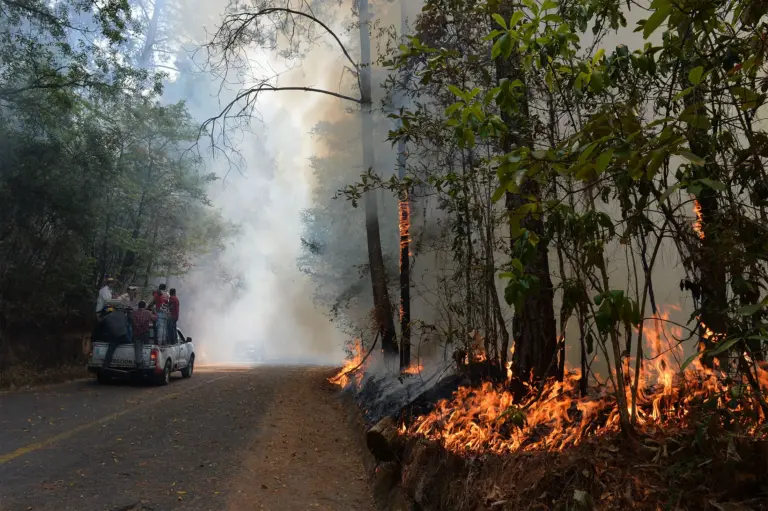
Introduction: The Significance of Power Outages
Power outages are becoming increasingly common across Canada, impacting daily life, businesses, and essential services. Understanding their causes and effects is crucial, especially as climate change and aging infrastructure contribute to the frequency and duration of these outages. This news story examines recent data and trends surrounding power outages and their implications for Canadians.
Recent Events: An Overview of Power Outages
In recent months, Canada has experienced significant power outages due to severe weather conditions, mismanagement, and infrastructure challenges. In late October 2023, an unusual early winter storm in Alberta left upwards of 250,000 people without electricity for several days as heavy snow and high winds downed power lines and utilities struggled to restore service.
Similarly, in Ontario, a combination of high demand and unexpected equipment failures resulted in localized outages affecting over 100,000 residents in the Greater Toronto Area. These incidents underscore the vulnerabilities in our power supply infrastructure, raising questions about preparedness and resilience.
Causes of Power Outages
The two primary causes of power outages in Canada can be categorized as natural and man-made. Natural causes include severe weather events such as thunderstorms, ice storms, and heavy snowfall, which can damage infrastructure. For example, a 2022 report indicated that extreme weather events were responsible for more than 70% of power outages in the past decade.
Man-made causes encompass issues such as equipment failure, operational errors, and increased energy demand. With more Canadians working from home, electricity demand has surged, often exceeding the design capacity of aging grids.
The Impact on Canadians
The repercussions of power outages extend beyond mere inconvenience. Essential services such as hospitals and emergency response centers rely heavily on consistent power supply. Disruptions can cause critical delays in patient care and emergency management. Additionally, businesses face potential financial losses due to disrupted operations or spoiled inventory.
Community recovery efforts can also be hampered by prolonged outages, particularly in remote areas where restoration may take longer. The aftereffects often have long-lasting impacts on local economies and the well-being of residents.
Conclusion: Looking Ahead
As Canada grapples with more frequent power outages, it is vital for both the government and utility companies to invest in upgrading infrastructure, increasing renewable energy sources, and implementing robust emergency preparedness plans. Addressing these challenges head-on can help mitigate the impact of future outages, ensuring that citizens remain connected and safe.
In conclusion, understanding the dynamics of power outages is essential for Canadians as we look toward a more energy-resilient future. Awareness and proactive measures can significantly contribute to minimizing disruption and enhancing community safety.




